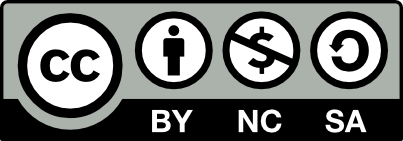Use of local hyperoxygenation in diabetic feet: case report.
Downloads
Diabetes-related diabetic foot ulceration (DFU) is one of the top 10 causes of global disability. The 5-year mortality of patients with DFU has been reported as high as 31%.(1) Topical oxygen may promote DFU healing by several mechanisms: an antimicrobial effect, increasing cellular energy production, promotion of re-epithelialization, stimulation of angiogenesis and enhancement of collagen synthesis. As topical oxygen increases the oxygen tension, leukocytes that depend on oxygen content to generate superoxide species kill bacteria more efficiently. The cells in the ulcer increase production of adenosine triphosphate (ATP) in response to the elevated oxygen levels.(2)
Downloads
1. Thanigaimani S, Singh T, Golledge J. Topical oxygen therapy for diabetes‐related foot ulcers: A systematic review and meta‐analysis. Diabet Med. 2021;38(8). Http://dx.doi.org/10.1111/dme.14585
2. Thomas E, Neal M, Windy C. Topical oxygen therapy in the treatment of diabetic foot ulcers: a multicentre, open, randomised controlled clinical trial. J Wound Care. 2021;30(Sup5):S7-S14. doi:10.12968/jowc.2021.30.Sup5.S7.
3. Gordillo GM, Sen CK. Revisiting the essential role of oxygen in wound healing. Am J Surg. 2003;186(3):259–63. http://dx.doi.org/10.1016/s0002-9610(03)00211-3
Copyright (c) 2025 Itzel Sánchez , Remis Baldizon

This work is licensed under a Creative Commons Attribution-NonCommercial-ShareAlike 4.0 International License.
 |
This work is licensed under Creative Commons Attribution-NonCommercial-ShareAlike 4.0 International (CC BY-NC-SA 4.0) |
| Copyright notice |
| Authors will retain their copyright and assign to the journal the right of first publication of their work, which will be simultaneously subject to a Creative Commons Attribution-Noncommercial-ShareAlike 4.0 International license (CC BY-NC-SA 4.0) that allows third parties to share the work as long as its author and its first publication in this magazine are indicated. | |
| Authors may adopt other non-exclusive license agreements for the distribution of the version of the published work (eg: deposit it in an institutional repository or publish it in a monographic volume) provided that the initial publication in this journal is indicated. | |
| Authors are allowed and recommended to disseminate their work through the internet (eg, in institutional telematic files or on their website) before and during the submission process, which can lead to interesting exchanges and increase citations of the published work. (See The effect of open access). |
| About the Creative Commons license |
|
|
You are free to: |
| Share — copy and redistribute the material in any medium or format. | |
| Adapt — remix, transform, and build upon the material. | |
| The licensor cannot revoke these freedoms as long as you follow the license terms. |
Under the following terms: |
| Attribution — You must give appropriate credit, provide a link to the license, and indicate if changes were made. You may do so in any reasonable manner, but not in any way that suggests the licensor endorses you or your use. | |
| NonCommercial — You may not use the material for commercial purposes. | |
| ShareAlike — If you remix, transform, or build upon the material, you must distribute your contributions under the same license as the original. |
|
| No additional restrictions — You may not apply legal terms or technological measures that legally restrict others from doing anything the license permits. |

